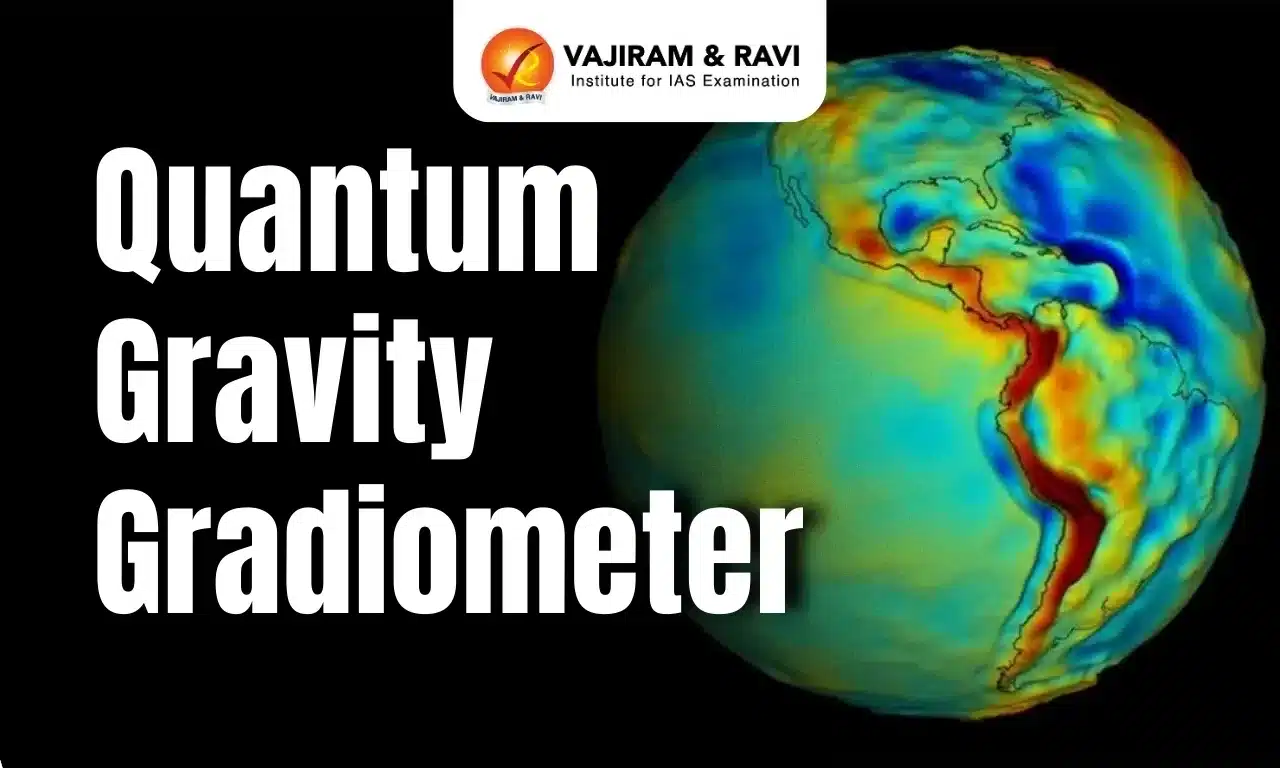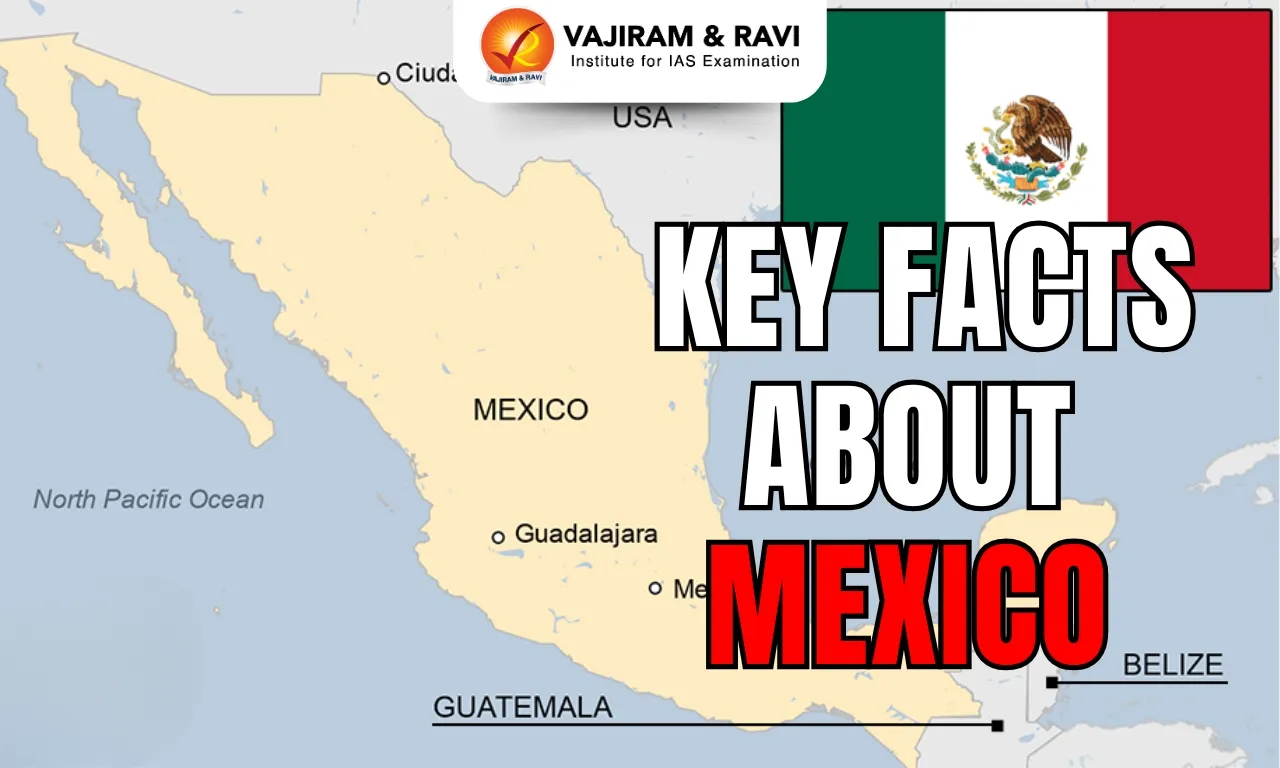Quantum Gravity Gradiometer (QGG) Latest News
NASA scientists have proposed an innovative use of cold atom-based quantum gravity gradiometers (QGGs) to measure how the Earth’s mass distribution is changing, especially due to climate change.
About Quantum Gravity Gradiometer (QGG)
- Quantum Gravity Gradiometer (QGG): NASA scientists propose placing a Quantum Gravity Gradiometer onboard a satellite to detect minute gravitational changes.
- In a QGG, atoms of a specific element are cooled to near absolute zero in a vacuum, transforming them into wave-like states.
- Lasers manipulate these atoms, and the atoms undergo a phase shift directly related to the gravitational force acting upon them.
- This setup can detect differences in acceleration as small as 10⁻¹⁵ m/s² over a distance of just 1 meter.
- This includes estimating the mass of large formations like the Himalayas and monitoring the movement of water, ice, and geological materials with extreme precision from low Earth orbit.
- Gravitational force varies with mass distribution: The gravitational force experienced at different points on the Earth’s surface is not uniform; it depends on the mass of nearby objects.
- For instance, gravitational force near a mountain range is stronger than in less dense regions, like cities or flat plains.
- Gravity Gradiometer: It is a highly sensitive instrument that measures how gravitational acceleration changes from one place to another.
- For example, when a ball is dropped, the acceleration due to gravity can vary slightly depending on local mass differences.
- These devices are used in resource exploration—like locating hydrocarbon deposits, as oil and gas are less dense than surrounding rock.
Source: SP
Last updated on December, 2025
→ Check out the latest UPSC Syllabus 2026 here.
→ Join Vajiram & Ravi’s Interview Guidance Programme for expert help to crack your final UPSC stage.
→ UPSC Mains Result 2025 is now out.
→ UPSC Notification 2026 is scheduled to be released on January 14, 2026.
→ UPSC Calendar 2026 is released on 15th May, 2025.
→ The UPSC Vacancy 2025 were released 1129, out of which 979 were for UPSC CSE and remaining 150 are for UPSC IFoS.
→ UPSC Prelims 2026 will be conducted on 24th May, 2026 & UPSC Mains 2026 will be conducted on 21st August 2026.
→ The UPSC Selection Process is of 3 stages-Prelims, Mains and Interview.
→ UPSC Result 2024 is released with latest UPSC Marksheet 2024. Check Now!
→ UPSC Prelims Result 2025 is out now for the CSE held on 25 May 2025.
→ UPSC Toppers List 2024 is released now. Shakti Dubey is UPSC AIR 1 2024 Topper.
→ UPSC Prelims Question Paper 2025 and Unofficial Prelims Answer Key 2025 are available now.
→ UPSC Mains Question Paper 2025 is out for Essay, GS 1, 2, 3 & GS 4.
→ UPSC Mains Indian Language Question Paper 2025 is now out.
→ UPSC Mains Optional Question Paper 2025 is now out.
→ Also check Best IAS Coaching in Delhi
Quantum Gravity Gradiometer (QGG) FAQs
Q1. What is a Quantum Gravity Gradiometer?+
Q2. What is the significance of using quantum technology in gravity mapping?+
Q3. How does a Quantum Gravity Gradiometer work?+
Tags: prelims pointers quantum gravity gradiometer (qgg) upsc current affairs upsc prelims current affairs

















